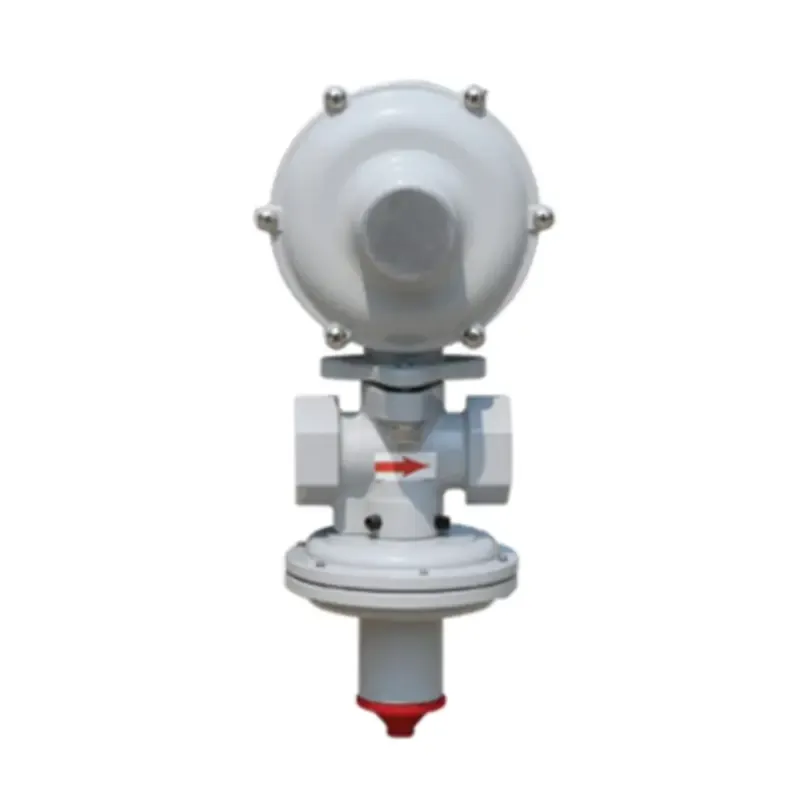
Nov . 21, 2024 18:27
Back to list
صمامات تخفيف الضغط
Understanding Relief Valves A Vital Component in Pressure Management
Relief valves, essential safety devices, play a critical role in managing pressure within various industrial systems. Their primary function is to prevent overpressure conditions that can lead to catastrophic failures or accidents. By automatically releasing excess pressure, these valves protect equipment, piping, and ultimately, human lives.
.
The design of relief valves varies widely depending on the specific application and industry requirements. Common types include spring-loaded relief valves, pilot-operated relief valves, and rupture disks. Spring-loaded valves are the most common; they utilize a spring mechanism that is calibrated to open at a specific pressure. Pilot-operated valves, on the other hand, rely on a smaller valve, or “pilot,” to control the opening and closing of the main valve based on system pressure. Rupture disks provide a one-time use option, bursting open at a designated pressure level, thus releasing contents instantly.
صمامات تخفيف الضغط

Correct sizing and selection of relief valves are crucial for effective pressure management. An improperly sized valve can either fail to operate under pressure or open prematurely, causing unnecessary disruption in operations. Engineers employ various standards and calculations to determine the suitable size and type of valve for a given system, taking into account factors such as maximum operating pressure, fluid characteristics, and potential flow rates.
Regular maintenance and testing of relief valves are also fundamental to ensuring their reliability. These devices can degrade over time due to wear, corrosion, or sediment buildup, thus necessitating periodic inspections. A comprehensive maintenance program, including routine testing and calibration, helps ensure that relief valves function correctly when needed.
In summary, relief valves are pivotal in protecting industrial operations from the dangers of overpressure. Their ability to regulate pressure levels not only safeguards equipment but also enhances overall safety in the workplace. Understanding their functionality, types, and maintenance requirements is essential for engineers, operators, and safety personnel alike to ensure effective pressure management in any facility. By prioritizing the integrity and performance of relief valves, industries can promote safer working environments and minimize risks associated with high-pressure systems.
Latest news
-
Safety Valve Spring-Loaded Design Overpressure ProtectionNewsJul.25,2025
-
Precision Voltage Regulator AC5 Accuracy Grade PerformanceNewsJul.25,2025
-
Natural Gas Pressure Regulating Skid Industrial Pipeline ApplicationsNewsJul.25,2025
-
Natural Gas Filter Stainless Steel Mesh Element DesignNewsJul.25,2025
-
Gas Pressure Regulator Valve Direct-Acting Spring-Loaded DesignNewsJul.25,2025
-
Decompression Equipment Multi-Stage Heat Exchange System DesignNewsJul.25,2025

